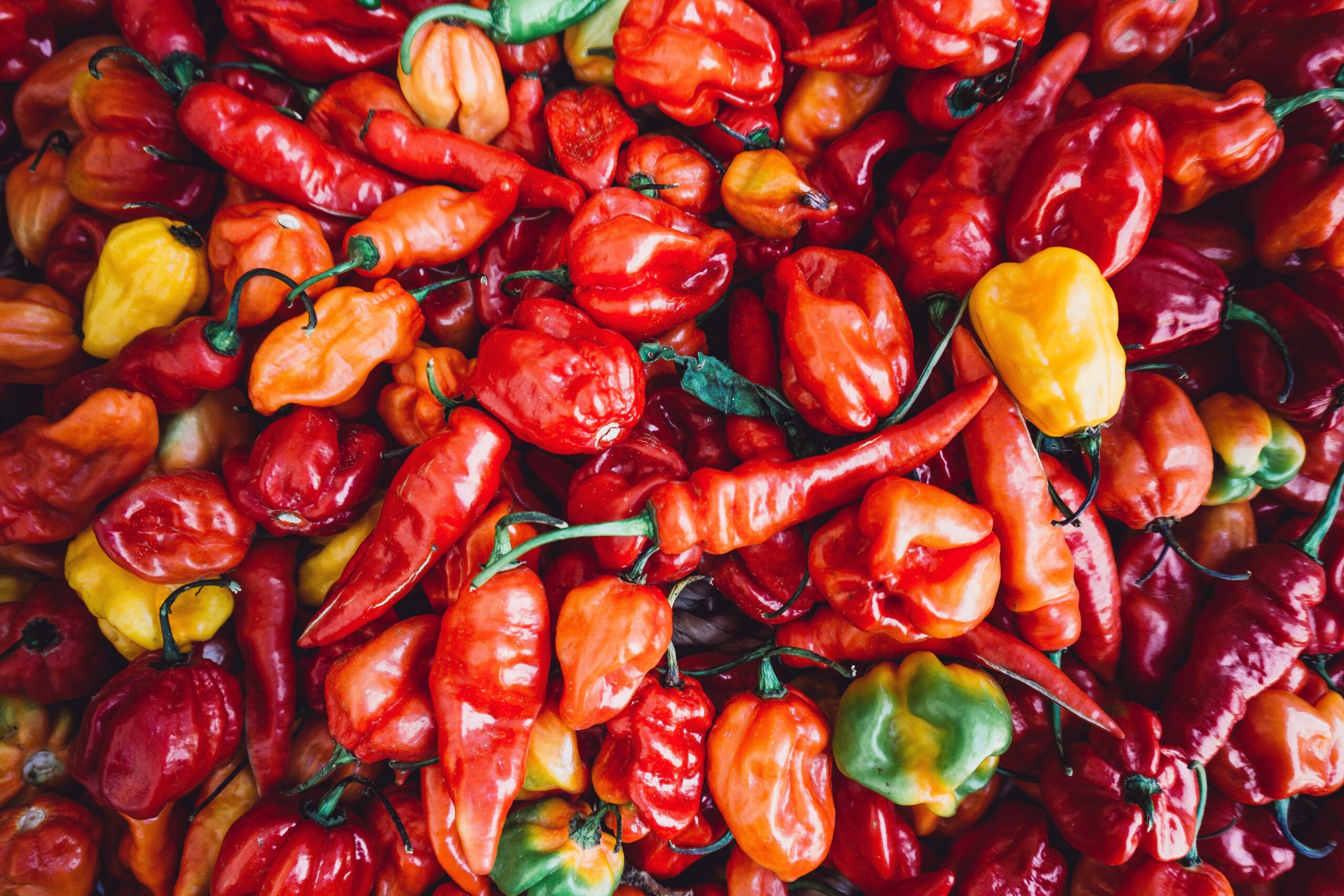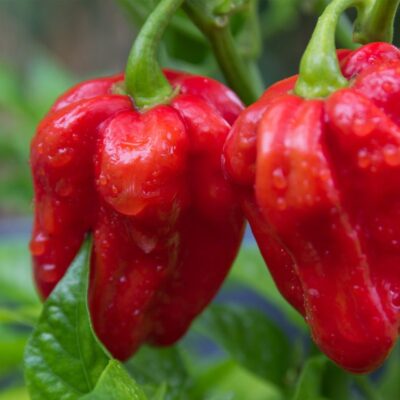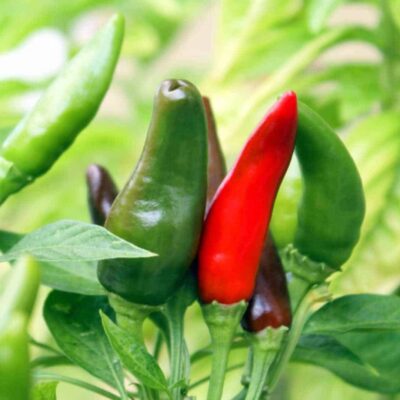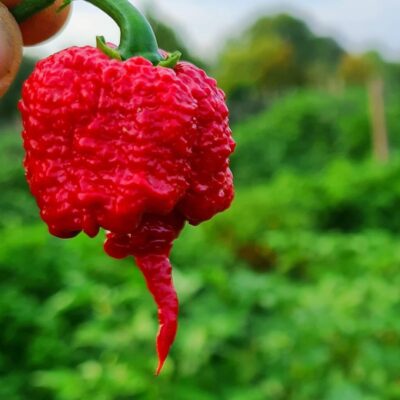How to measure how hot a chili pepper is?

Peppers and chillies are important components of many recipes, whatever the culinary culture of origin.There is a great variety of these tasty vegetables, with which you can indulge in the preparation of these dishes.
If for the peppers the substantial difference is in the flavor, it is instead important to know that the peppers differ above all for their spiciness: we find a practical classification based on this parameter in the Scoville scale, which was created precisely to order the peppers from the sweetest to the most “fiery”.
Different types of chili peppers
Those who want to give that extra nuance of taste, just to lightly flavor a dish, will probably use the famous Paprika, which is also used in numerous snacks suitable for all ages and palates thanks to a barely hinted spiciness.
Those who love strong tastes will surely appreciate Jalapeno: this pepper with moderate spiciness is in fact suitable for countless preparations. You can prepare sauces for dips, sauces for pasta, or cook them in the oven with a filling of your liking.
The Calabrese Diavolicchio is widely used in Italy: smaller and more powerful than Jalapeno, and for this reason it is normally used in small quantities to flavor dishes, both fresh and dried.
You might think that at this point we have satisfied every palate, but in reality we are still very low on the Scoville scale!
In an increase of spiciness we still find the famous Tabasco peppers and the exotic and very powerful Scotch Bonnet and Habanero, for the real fans of spiciness.
We continue our climb in Scoville and reach heights of spiciness unimaginable for delicate palates: Bhut Jolokia, Naga Morich, Trinidad Scorpion Moruga.
And up, beyond the summit, in the Olympus of spiciness we find the undisputed ruler: the Carolina Reaper, whose name is enough to explain the roaring-flame power of this pepper, so spicy that it is highly recommended to wear gloves to protect the skin of the hands when handling it.
easy to grow
Getting started is very simple, just get:
- Suitable pot
- Chili seeds of your favorite variety
- Soil
- Specific fertilizer for chillies
- Specific nutrients
We wish you good cultivation and a good appetite!


 Italiano
Italiano


